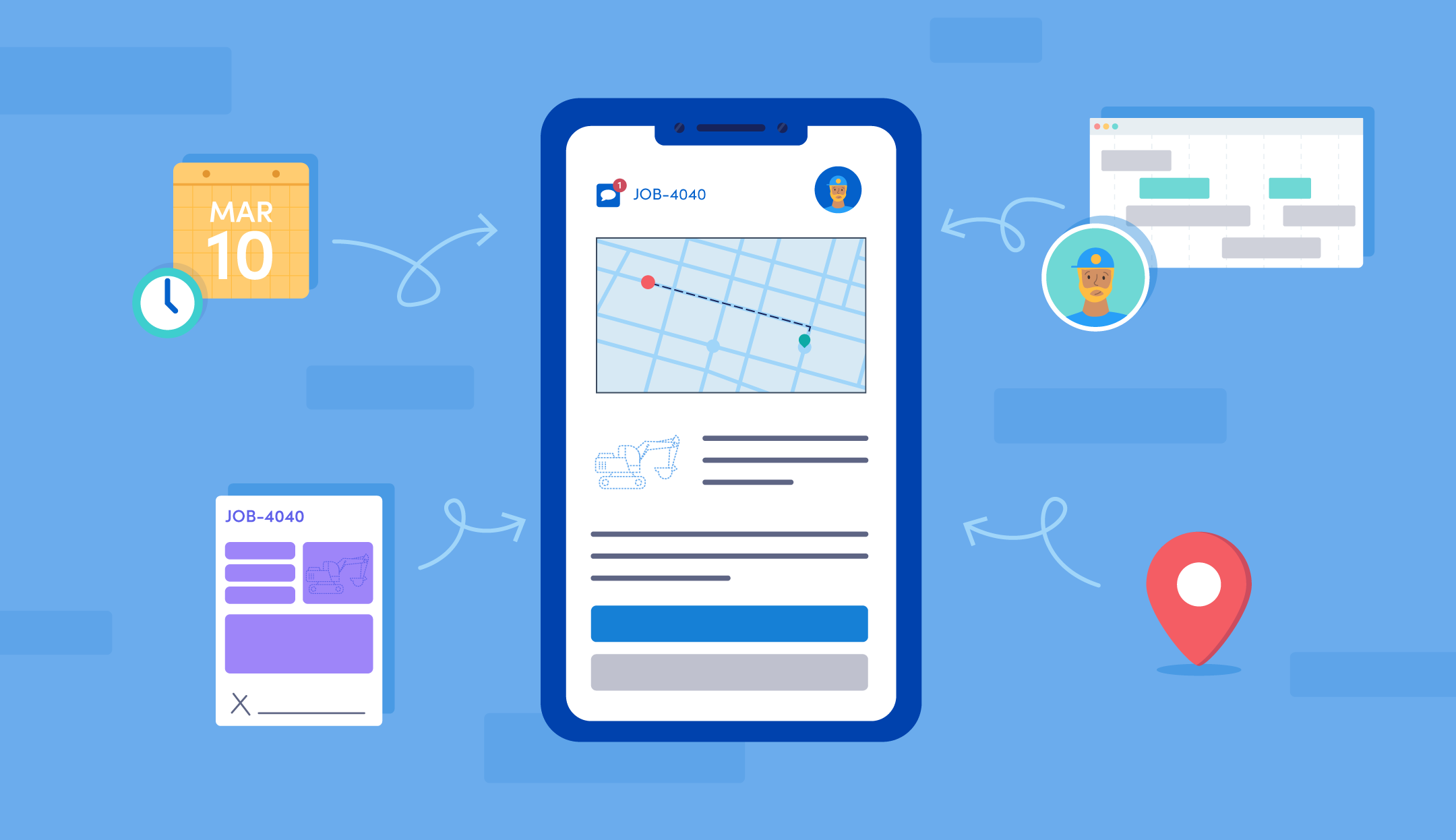What is Deskless Productivity Software?
The Era of Deskless Productivity Software is Here
According to Emergence, the deskless workforce is comprised of 2.7 billion people and represents 80% of the global population. Quite surprisingly, very little of the $300 billion spent on business software is targeted to these workers. However, the evolution and proliferation of mobile devices has given them powerful functionality and made their availability ubiquitous. This combined with the displacement of legacy on-prem applications by always-on, anywhere-accessible SaaS offerings has altered the landscape for mobile workers. Mobile devices provide the perfect tools for deskless workers, who are always on the go, to access the applications they need to get work done. Enter deskless productivity software.
What is deskless productivity software?
Deskless productivity software is a category of mobile-first, cloud-based applications and services that helps deskless workers increase the efficiency and impact of their work. These deskless workers (a term which encompasses a variety of mobile and field workers) generally work in high-touch service industries and often have direct customer interaction on a regular basis. The combination of applications and services that are required by a particular organization will vary based on the nature of their business and their industry. Typical industries that would benefit from deskless productivity software include Healthcare, Retail, Safety & Security sales & services, and Non-profit among others.
What should you look for in deskless productivity software?
There are typically five key components that will be found in a comprehensive solution:
1. Deskless workforce management and job scheduling
The ability to manage your entire deskless workforce both mobile (remote) and fixed-location, and ideally in a single system, is core to a solution. Functionality should include maintaining key information about your mobile resources—including skills, certifications, costs, availability, locations, and preference. Schedulers should be able to easily match available and qualified employees to customer requirements and expectations. The best solutions will automate job scheduling, leaving schedulers to do exception management.
2. Employee engagement tools
Deskless workers, schedulers and business owners need to feel connected. A mobile app with robust abilities to communicate and share critical information about a job and send data about a particular job securely and easily back to corporate is crucial.
3. Strong analytics
The power to measure and track workforce productivity gives you the ability to use the insights to improve operational efficiency, better match resources to particular jobs and locations, and make strategic decisions to grow the business
4. Configurability
Every business and industry will have unique workflows that work for them. A powerful deskless productivity software solution will have the flexibility to seamlessly fit into these workflows.
5. Powerful APIs and integrations
Every organization has a unique technology stack. They will likely also have traditional desk workers as part of their employee base. Ideal deskless productivity software solutions are extensible enough to connect to upstream and downstream systems that are already in place.
These five components can be pulled together separately to build a comprehensive solution, but the result is often operational inefficiency for administrators dealing with multiple deskless productivity solutions or increased burden on IT due to managing multiple systems. Yet another option is to look for a comprehensive solution like The Deskless Productivity Cloud, powered by Skedulo. You can schedule a demo and see The Deskless Productivity Cloud in action for yourself.



